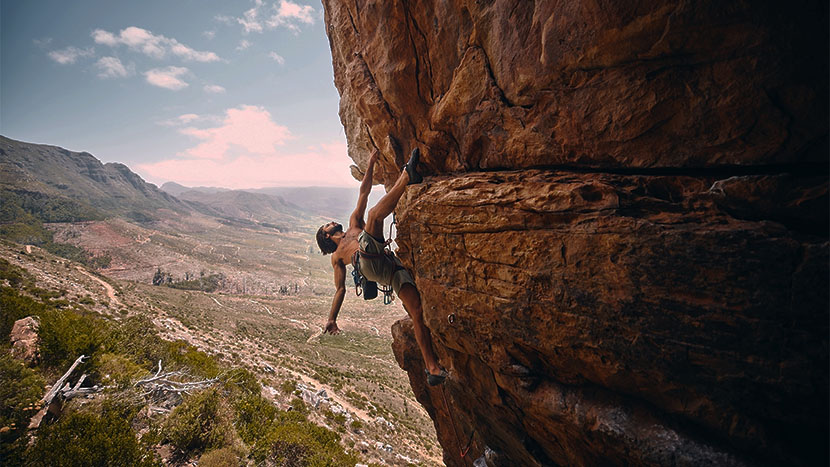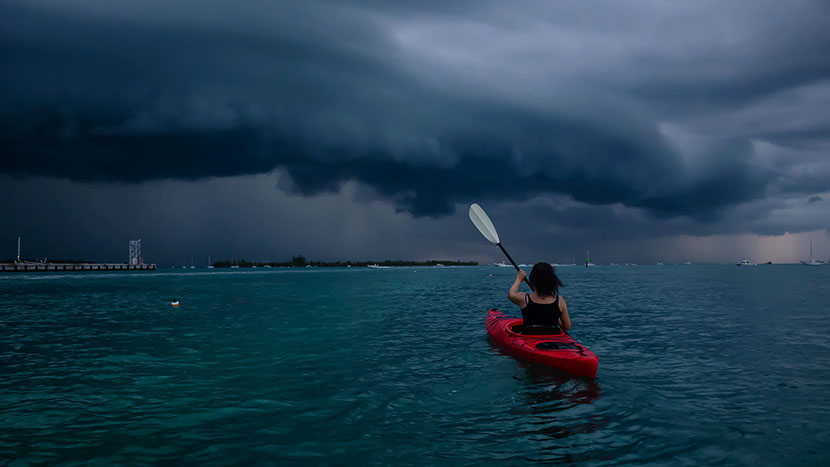How to capture the idea of “risk” in a photograph?
A truly good photograph isn’t just about the technical elements, like the sharpness and focus, but about the emotions it evokes and the story that it tells. One interesting feeling to try to capture in photography is that of excitement and adrenaline by portraying some kind of risk in action.
The concept of risk in photography can manifest in various ways, from the danger that the subject is in, to the unpredictability of the shot. This article will explore the different techniques that photographers can use to capture the idea of risk in their photographs and provide examples of photographs that effectively utilize these techniques.
Definition of Risk in Photography
In photography, risk can be defined as the potential for danger or harm to the subject or photographer, or the unpredictable nature of the shot. Risks can include physical danger, such as photographing extreme sports, or the risk of not capturing a moment that may be a once in a lifetime shot.
The elements of risk in a photograph can include the subject’s physical vulnerability, the potential for danger, or the uncertainty of the outcome. Examples of photographs with elements of risk include those that capture extreme sports, natural disasters, or those taken in war zones.
Techniques for Capturing Risk in Photography
Using perspective and angles can add a sense of danger to a photograph. Photographers can use low angles or unusual perspectives to create a sense of unease in the viewer. Examples of photographs that effectively use perspective and angles to capture risk include shots taken from the edge of a cliff or from underneath a jumping athlete.
Motion blur can be used to create a sense of urgency or danger. Photographers can use slow shutter speeds to create a blurred effect that conveys movement and action. Examples of photographs that effectively use motion blur to capture risk include those taken during high-speed races or in situations with unpredictable movement.
Lighting and shadows can be used to add drama and danger. Photographers can use strong contrasts between light and shadow to create a sense of danger or uncertainty. Examples of photographs that effectively use lighting and shadows to capture risk include those taken during storms or in dark environments.
The Role of Context in Capturing Risk in Photography
Context plays a crucial role in capturing risk in photography, as it can help the viewer understand the potential dangers or uncertainties present in a scene.
In photography, risks can be categorized into visible risks, which are clearly evident in the scene, and invisible risks, which may not be apparent at first glance but can be brought to light through context.
Visible risks could include images of people performing daring acts or engaged in extreme sports. Invisible risks, on the other hand, may involve subjects or situations that seem ordinary but carry an underlying sense of uncertainty. Capturing these invisible risks may require a deeper understanding of the subject.
For instance, capturing an image of people enjoying a normal gambling session may not inherently seem risky. However, the atmosphere and the games themselves, like poker or slots, carry an inherent risk and can create a sense of tension when photographed. By incorporating contextual elements such as the high stakes, the intensity of the game, or the tension on the players’ faces, the photographer can effectively convey a sense of risk.
For those who want to experience that thrill of risk from the comfort of their home, exploring various online gambling options can provide a similar atmosphere and excitement, while still capturing the essence of risk found in traditional casinos. To find the right online platform, you can learn more about the available options here and choose the one that best suits your preferences.
Images of athletes engaged in extreme sports can also benefit from showing the surrounding environment to emphasize the perilous nature of their actions. This would be the visible risk photography. By considering the context when photographing subjects that involve risk, photographers can create images that tell a more comprehensive story, allowing viewers to better understand and appreciate the potential dangers or uncertainties present in the scene.
Ethics and Safety in Capturing Risk in Photography
It’s essential to prioritize ethics and safety when capturing risk in photography. Photographers should ensure that they are not putting themselves or their subjects in danger and should always prioritize the well-being of those involved. Additionally, photographers must be mindful of the impact that their images can have on viewers and must avoid glamorizing dangerous behaviors or actions.
Guidelines for ethical and safe photography include obtaining consent from subjects, using proper equipment and safety gear, and being aware of any potential hazards or real risks involved in a shoot. Photographers should also consider the long-term impact of their images and ensure that they are not perpetuating harmful stereotypes or narratives.
Examples of photographs that highlight the consequences of unethical or unsafe photography include shots of photographers trespassing on private property or endangering wildlife for the sake of a photograph. These photographs can have a negative impact on the photographer’s reputation and can even result in legal repercussions.
Editing Techniques for Enhancing the Idea of Risk in a Photograph
Editing techniques can be used to enhance the idea of risk in a photograph, adding drama and intensity to the image. Techniques such as adjusting the contrast, saturation, and exposure can help to create a sense of danger or unpredictability in the photograph.
Examples of photographs that effectively use editing techniques to enhance the idea of risk include shots of extreme weather conditions, where the use of contrast and color can help to convey the intensity of the situation. Photographs of dangerous or high-stakes activities, such as mountain climbing or skydiving, can also benefit from editing techniques that enhance the sense of risk and danger.
To Sum it Up
Capturing the idea of risk in a photograph can add depth, drama, and impact to the image. The techniques discussed in this article, including the use of perspective, motion blur, lighting, and context, can help photographers effectively capture the idea of risk in their photographs.
It’s important to prioritize ethics and safety when taking these types of photographs, as well as considering the impact that the images may have on viewers.
By following the guidelines and tips discussed in this article, photographers can capture the idea of risk in their photographs in a powerful and impactful way.


































































































